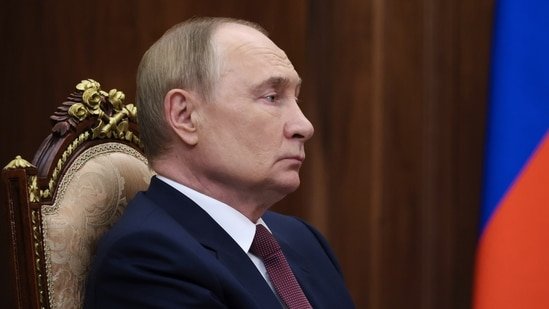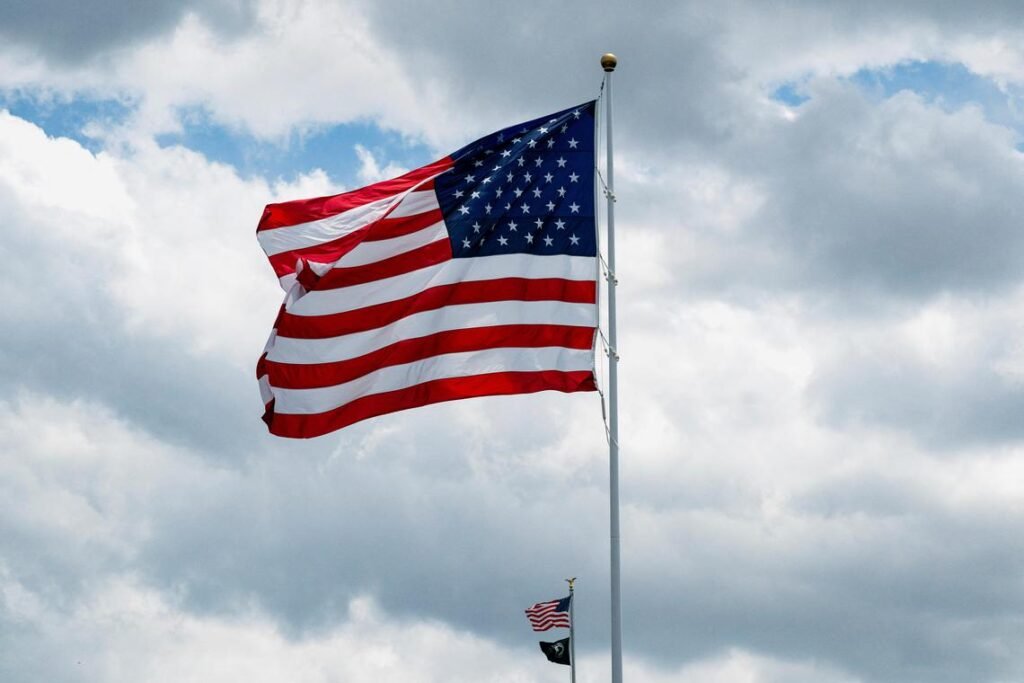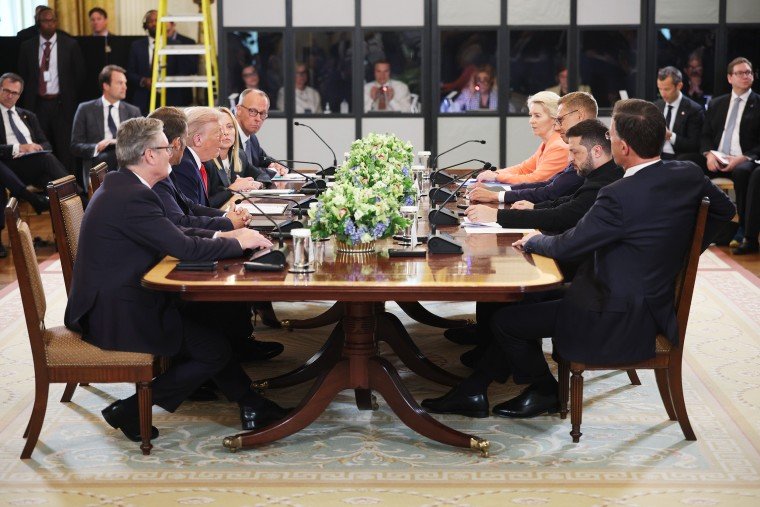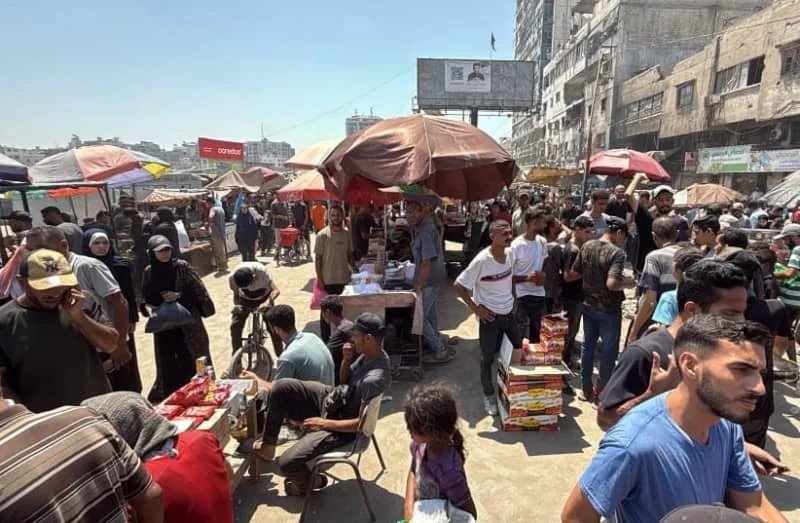President Trump is moving forward on a new suite of tariff rates with an approach increasingly focused on grouping countries into tiers, as opposed to a previous approach of simply looking at the trade balance.
The new approach remains heavily influenced by either a trade surplus or a deficit but has grown more complex — some might say more subjective — leading to some consolidation in rate levels and the lowering of rates for many countries to a key new standard of 15%.
The new landscape was reflected in Thursday night’s executive action announcing rates, which centered around the 15% rate set to be in place next week in about 40 countries.
Countries facing that rate include major trading partners that recently struck deals, such as Europe and Japan, as well as smaller nations, from Afghanistan to Zimbabwe.
More than 100 countries were excluded altogether from this week’s announcement, meaning their rate will stay at 10%.
Meanwhile, a third group of about 30 countries will see higher rates ranging from 18% to 50%.
Trump and his team are taking an approach that could simplify future negotiations and be more in line with global trade dynamics.
Recent months have seen America’s trading partners focused on their potential rate and how they stack up with direct competitors in nearly equal measure.
A White House official confirmed the tiered approach to Yahoo Finance on Friday, suggesting that the 10% rate is largely but not exclusively reserved for countries with a trade surplus, the 15% rate is for those with a deal or a “small deficit,” and that higher “bespoke” rates are further up the chain.
Read more: What Trump’s tariffs mean for the economy and your wallet
Those countries facing rates above 15% offer a wider array, but even some clear tiers are there.
Ten nations with a 19%-20% rate all have one thing in common: a location in South or Southeast Asia.
These are trading partners often in focus for their role in China’s orbit and the target of Trump’s keen focus on issues like transshipping.
Prior deals with Indonesia, Vietnam, and the Philippines put those nations in that rate range, with other nations, from Thailand to Taiwan, now set to join them.
India is now an outlier in the region, facing a 25% rate as trade talks there have grown contentious but continue.
Thursday’s order focused on the transshipping issues. Trump threatened an extra 40% tariff on any product deemed “to have been transshipped to evade applicable duties,” without providing a further definition on what would meet that standard.
In addition to India, five countries, including Mexico, face 25% tariff rates at least for the next 90 days.
Even more punitive tariffs include 30% rates on nations like South Africa, 35% on Canada, 39% on Switzerland, and 50% on Brazil to top it off.
The White House official said the rates were determined using an array of factors, such as the trade deficit, existing non-tariff barriers, and how talks are going.
They noted, for example, that Switzerland is a wealthy country more able to absorb tariffs. That contributed to the 39% rate applied by Trump, which shocked officials there and led to a scramble Friday.
That account of how things were decided tracks with how the president himself described his approach in recent weeks. He told reporters he was considering a range of factors when setting rates, from hard numbers like the trade deficit to his own instincts.
The contrast is notable when compared with early April, when Trump’s team came up with his “reciprocal” tariff formula much more simply.
Trump’s trade representative at the time acknowledged that those rates were set using a calculation that, once parts that cancel each other out were removed, determined a rate based only on any given country’s trade surplus with the US.
Meanwhile, other details of this week’s rollout — most notably a seven-day delay on tariffs going into effect — mean things could continue to change in the days and weeks ahead.
As Capital Economics put it in a note Friday, “this is unlikely to be the final word,” noting the chances for new deals and the legal challenges — with some importers looking to strike down these tariffs — could continue to change rates.
For his part, Trump told NBC News on Thursday evening that he views his tariff rollout as going “very smooth,” adding that it’s “too late” for other countries to avoid the rates now set to take effect in seven days but that he’s always willing to negotiate.
“It doesn’t mean that somebody doesn’t come along in four weeks and say we can make some kind of a deal,” he said.
Ben Werschkul is a Washington correspondent for Yahoo Finance.
Read the latest financial and business news from Yahoo Finance








